Design and Implementation of Novel Dynamic Voltage Restorer Configuration for Electric Vehicle Charging Applications †
Abstract
1. Introduction
- Blending of an injection transformer improves voltage compensation efficiency while maintaining a compact design.
- Also, the inclusion of SVPWM control significantly improves voltage regulation and reduces THD by 60–70% compared to conventional PWM methods, which achieve only 40–50% reduction.
- The SVPWM method enhances DC bus utilization and maintains a consistent switching frequency, which leads to improved inverter performance and efficiency.
- The proposed DVR is designed for single-phase applications, making it suitable for low-voltage distribution systems and sensitive industrial loads.
- The proposed model provides a rapid response time (<10 ms), ensuring effective compensation for voltage sags and swells in real-time applications.
- The efficiency of the proposed DVR is 92%, which is greater than that of conventional designs (86%); thus, it shows improved energy utilization.
- The DVR is simulated in MATLAB and tested for real-time operation.
2. Power Quality Problems
3. Proposed DVR System for Power Utility
- represents the projection along the horizontal axis (d-axis);
- represents the projection along the vertical axis (q-axis);
- This transformation simplifies PWM control and helps determine the sector location of
- The reference vector points towards the desired output voltage;
- determines in which sector (S-I to S-VI) the reference vector is located.
- T1 and T2 are the two active vectors;
- T0 represents the zero vector time, used to balance switching cycles;
- Ts is the switching period;
- Vdc is the DC-link voltage.
- PDVR is the real power injected by the DVR;
- ILOAD is the load current;
- is the phase angle between VINJ and ILOAD.
- * is the phase angle between Vref and V1.
4. Simulation and Experimentation
5. Conclusions
Author Contributions
Funding
Institutional Review Board Statement
Informed Consent Statement
Data Availability Statement
Conflicts of Interest
References
- Soomro, A.H.; Larik, A.S.; Mahar, M.A.; Sahito, A.A.; Soomro, A.M.; Kaloi, G.S. Dynamic Voltage Restorer—A Comprehensive Review. Energy Rep. 2021, 7, 6786–6805. [Google Scholar] [CrossRef]
- Das, J. Power Quality Issues with Electric Vehicle Charging Stations. In Advanced Technologies in Electric Vehicles; Academic Press: Cambridge, MA, USA, 2024; pp. 187–205. [Google Scholar]
- Farhadi-Kangarlu, M.; Neyshabouri, Y.; Mohammadi, F. Operation of the AC-AC Converter Based Dynamic Voltage Restorer in Weak Distribution Systems. In Proceedings of the 12th Power Electronics, Drive Systems, and Technologies Conference (PEDSTC), Tabriz, Iran, 2–4 February 2021; pp. 1–5. [Google Scholar]
- Essam, A.; Ul-Haq, A.; Iqbal, A.; Jalal, M.; Anjum, A. SRF-Based Versatile Control Technique for DVR to Mitigate Voltage Sag Problem in Distribution System. Ain Shams Eng. J. 2020, 11, 99–108. [Google Scholar]
- Manmadharao, S.; Satputaley, R.J.; Keshri, R.K.; Raghava, B.V.S. Effects of Voltage Sag on Grid-Fed Electric Vehicle Charging Station. In Proceedings of the IEEE 12th Energy Conversion Congress & Exposition—Asia (ECCE-Asia), Singapore, 24–27 May 2021; pp. 1755–1760. [Google Scholar]
- Uthra, R.; Suchitra, D. Fault Ride Through in Grid Integrated Hybrid System Using FACTS Device and Electric Vehicle Charging Station. Energies 2021, 14, 3828. [Google Scholar] [CrossRef]
- Saribulut, L.; Ameen, A. Voltage Sag Detection and Compensation Signal Extraction for Power Quality Mitigation Devices. Energies 2023, 16, 5999. [Google Scholar] [CrossRef]
- ManmadhaRao, S.; Satputaley, R.J.; Keshri, R.K.; Patne, N.R.; Buja, G. Voltage Sag Mitigation Using DVR in Grid-Fed EV Fast Charging Station. In Proceedings of the AEIT International Conference on Electrical and Electronic Technologies for Automotive (AEIT AUTOMOTIVE), Virtual, 17–19 November 2021; pp. 1–6. [Google Scholar]
- Li, Z.; Su, Y.; Guan, T.; Sun, Y.; Hu, K.; Xiang, Z. Improved Strategy for Dynamic Voltage Restorers Considering Voltage Sag Duration. In Proceedings of the Chinese Automation Congress (CAC), Shanghai, China, 6–8 November 2020; pp. 4679–4684. [Google Scholar]
- Chankhamrian, W.; Pinthurat, W.; Marungsri, B. Voltage Dip Mitigation by Series Dynamic Voltage Restorer in Electrical Power System Connected with a Sensitive Resistive Load. In Proceedings of the International Conference on Power, Energyand Innovations (ICPEI), Phrachuap Khirikhan, Thailand, 18–20 October 2023; pp. 70–75. [Google Scholar]

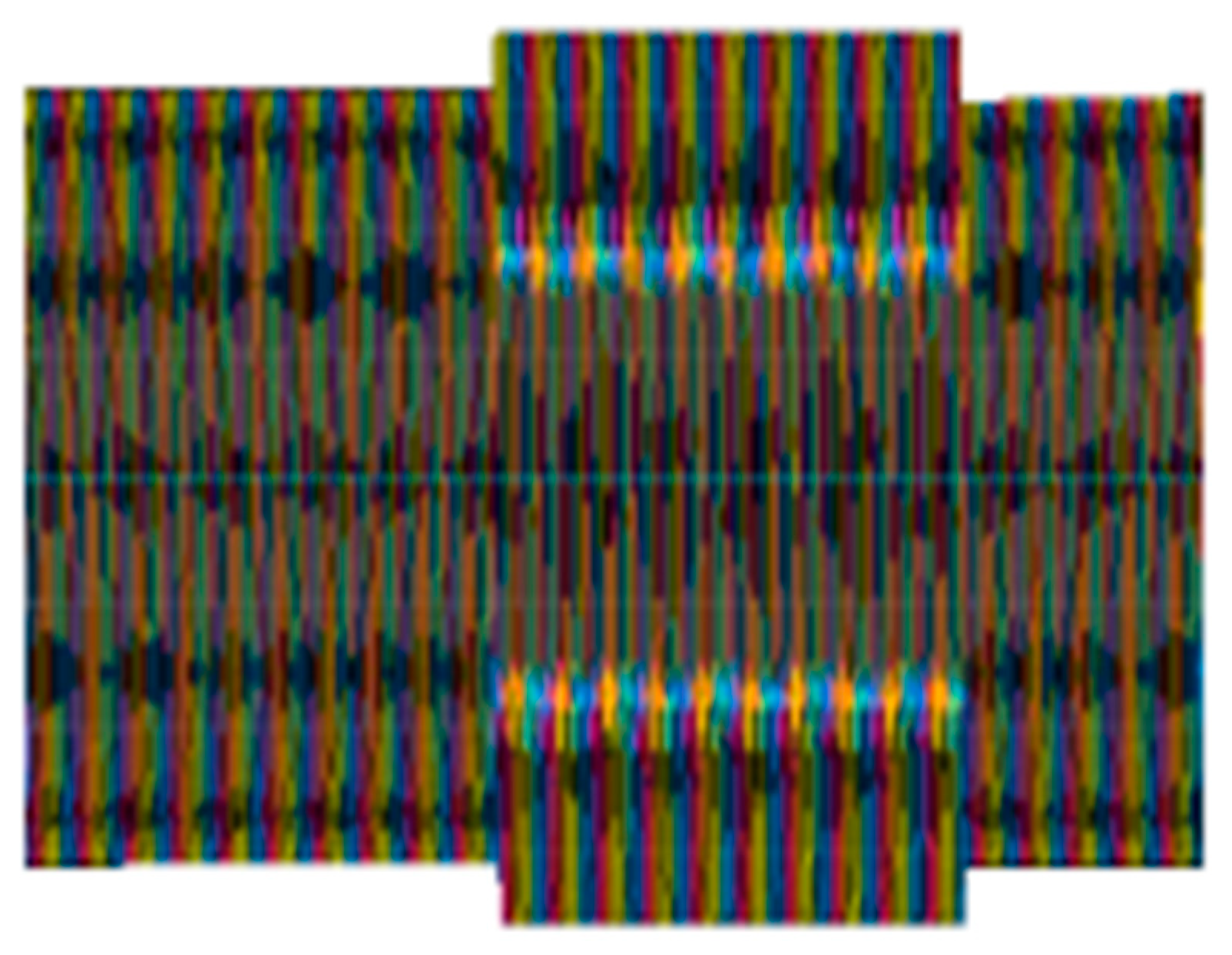

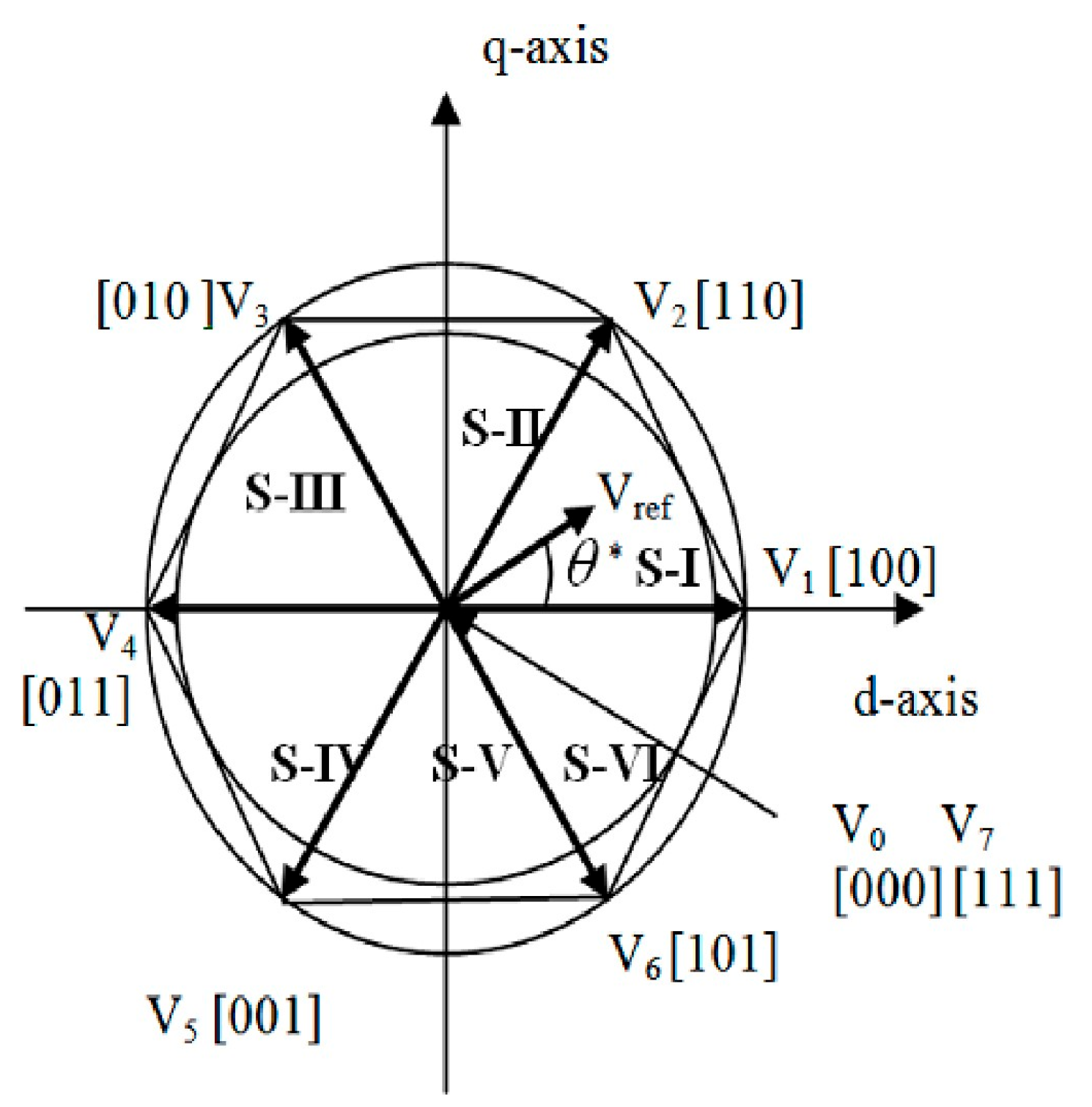
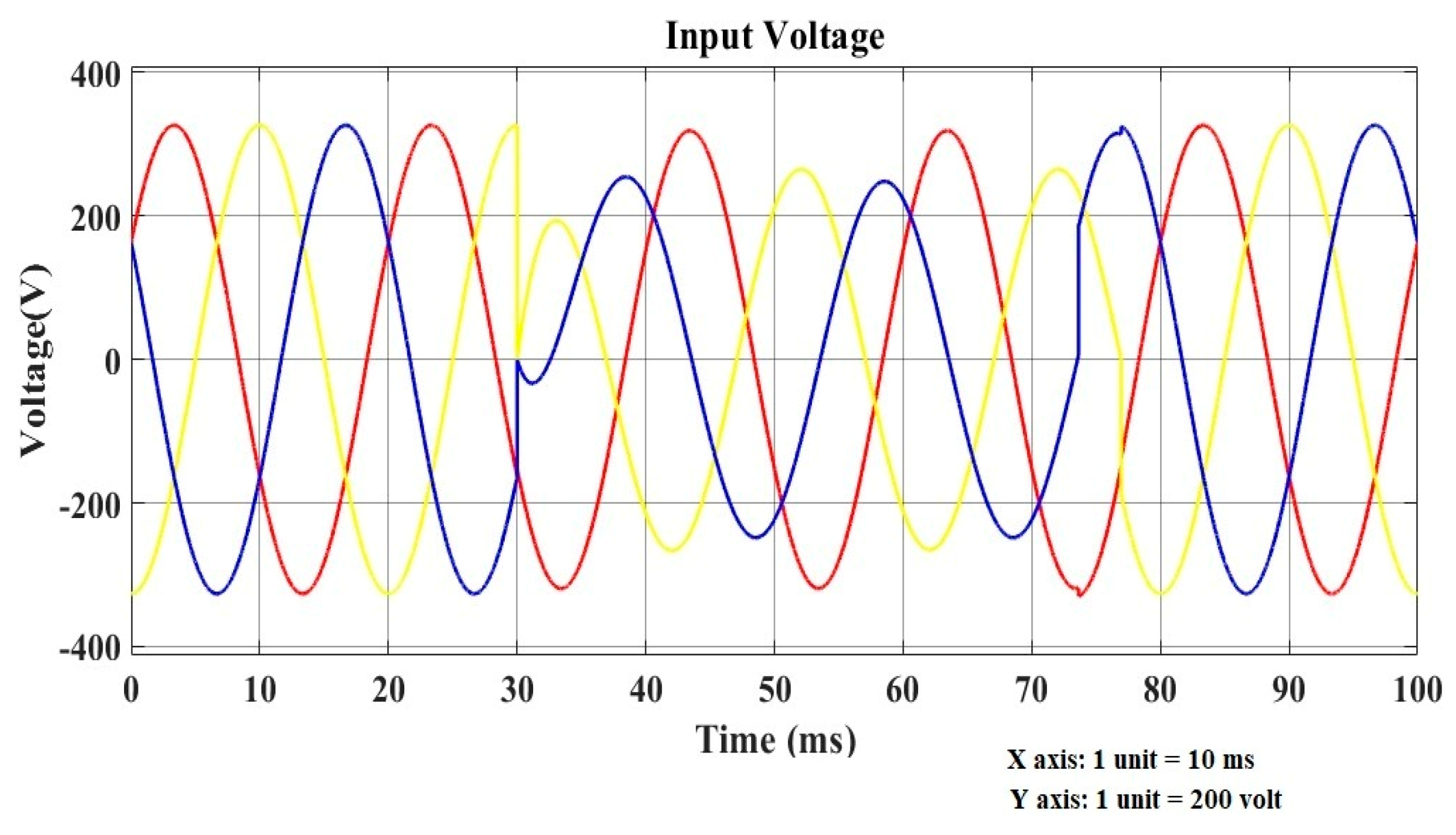
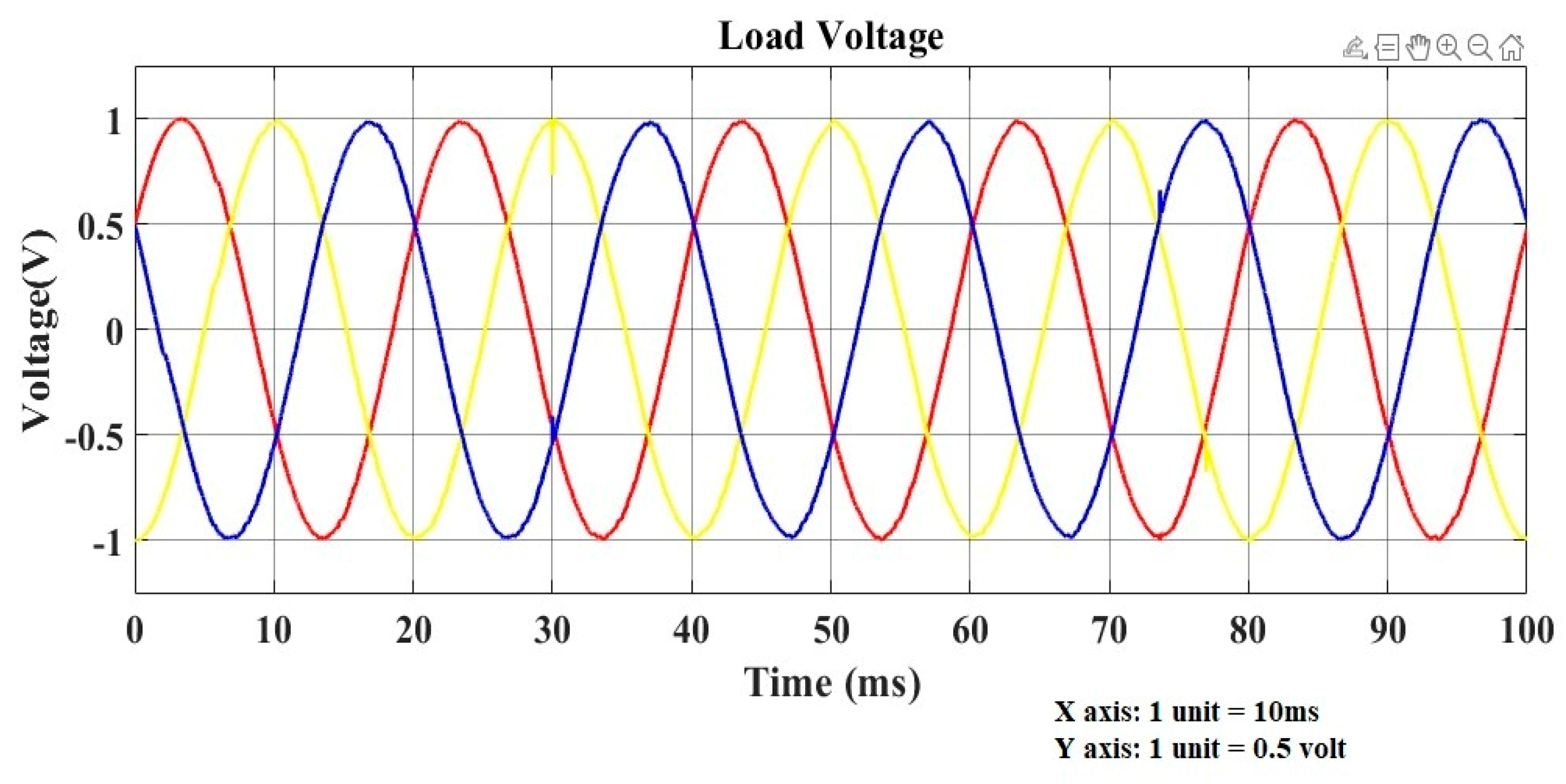
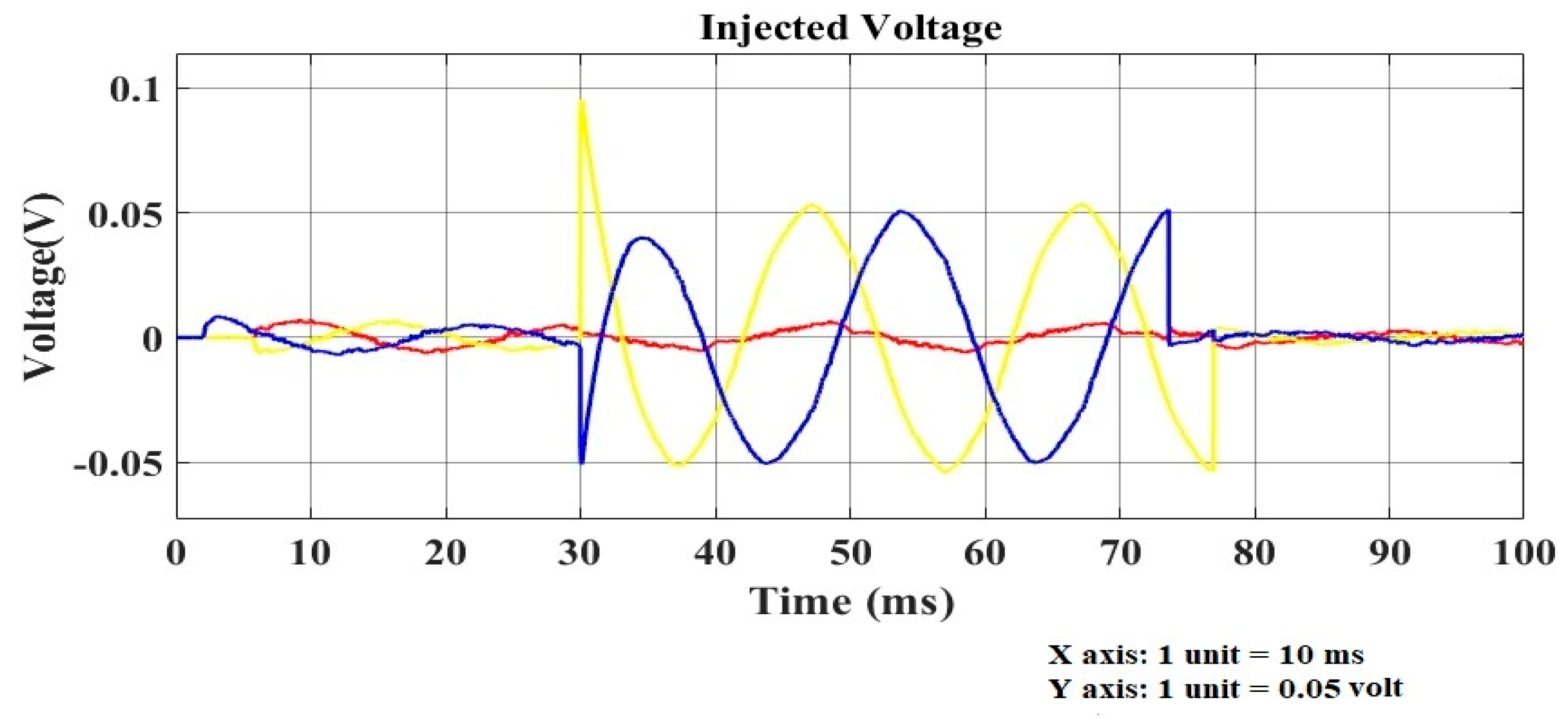


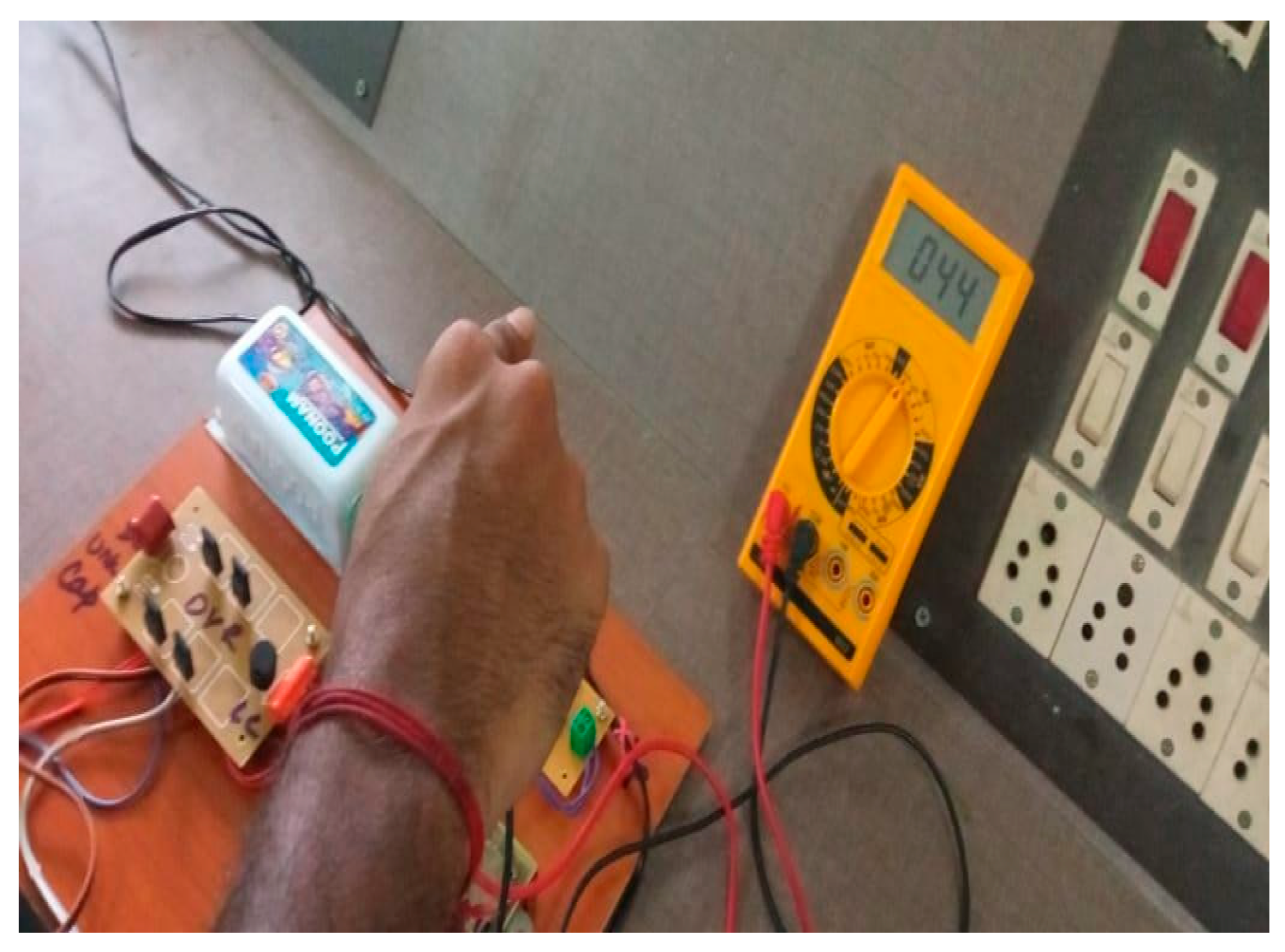
| Power Quality Issues | Voltage | Duration |
|---|---|---|
| Dip in voltage level | 10–90% | Half a cycle to thirty cycles |
| Surge in voltage level | 110–180% | Half a cycle to thirty cycles |
| Parameters | Values |
|---|---|
| Input Voltage | 48 V |
| Frequency | 50 Hz |
| Output Voltage | 46 V |
| Load | R=150 Ω, L=30 mH |
| Voltage Sag | 30 V |
| Components | Values |
|---|---|
| Input Voltage | 48 V |
| Output Voltage (Without and With DVR) | 31 V and 44 V |
| DC Link Capacitor | 1000 µF, 63 V |
| MOSFET(IRF540N) | 100 V,33 A |
| Transformers | 48 V, 12 V, 15 V |
| Load Values | 20 Ω, 70 mH |
| Response Time | >10 ms |
| Efficiency | 91.67% |
| Parameter | Conventional DVR | Proposed DVR |
|---|---|---|
| THD reduction from original value | 40–50% | 60–70% |
| Efficiency% | 86% | 92% |
| Component count | High | Reduced |
| Control complexity | Moderate | Simple |
Disclaimer/Publisher’s Note: The statements, opinions and data contained in all publications are solely those of the individual author(s) and contributor(s) and not of MDPI and/or the editor(s). MDPI and/or the editor(s) disclaim responsibility for any injury to people or property resulting from any ideas, methods, instructions or products referred to in the content. |
© 2025 by the authors. Licensee MDPI, Basel, Switzerland. This article is an open access article distributed under the terms and conditions of the Creative Commons Attribution (CC BY) license (https://creativecommons.org/licenses/by/4.0/).
Share and Cite
Saikumar, K.S.; Mutharasan, T.; Loganathan, V.; Ravikumar, D.; Nambi, V.T.; Ezhilarasan, S.K. Design and Implementation of Novel Dynamic Voltage Restorer Configuration for Electric Vehicle Charging Applications. Eng. Proc. 2025, 87, 39. https://doi.org/10.3390/engproc2025087039
Saikumar KS, Mutharasan T, Loganathan V, Ravikumar D, Nambi VT, Ezhilarasan SK. Design and Implementation of Novel Dynamic Voltage Restorer Configuration for Electric Vehicle Charging Applications. Engineering Proceedings. 2025; 87(1):39. https://doi.org/10.3390/engproc2025087039
Chicago/Turabian StyleSaikumar, Kesav Sanadhan, Thenmozhi Mutharasan, Vijayaraja Loganathan, Dhanasekar Ravikumar, Vishal Thirumalai Nambi, and Sudhesh Kumar Ezhilarasan. 2025. "Design and Implementation of Novel Dynamic Voltage Restorer Configuration for Electric Vehicle Charging Applications" Engineering Proceedings 87, no. 1: 39. https://doi.org/10.3390/engproc2025087039
APA StyleSaikumar, K. S., Mutharasan, T., Loganathan, V., Ravikumar, D., Nambi, V. T., & Ezhilarasan, S. K. (2025). Design and Implementation of Novel Dynamic Voltage Restorer Configuration for Electric Vehicle Charging Applications. Engineering Proceedings, 87(1), 39. https://doi.org/10.3390/engproc2025087039








